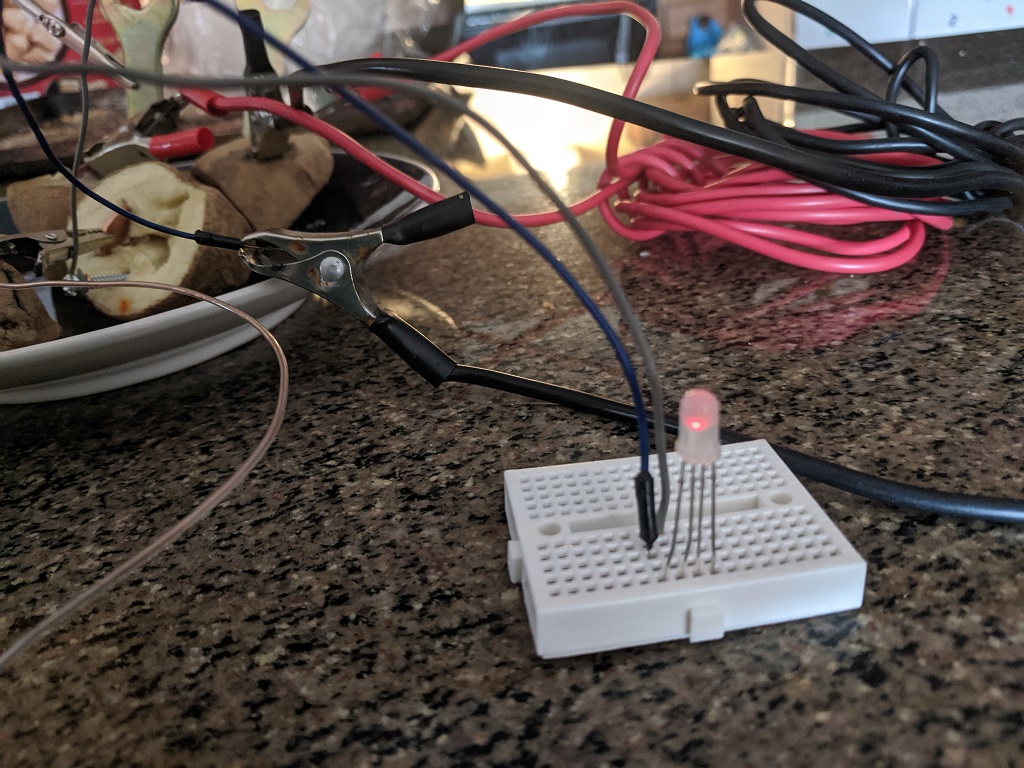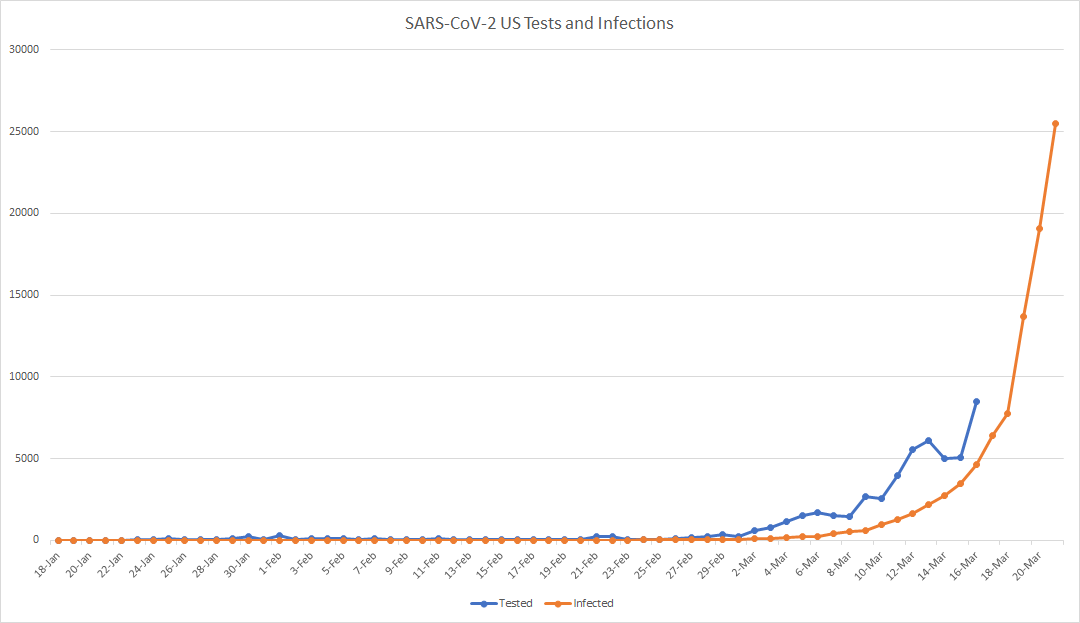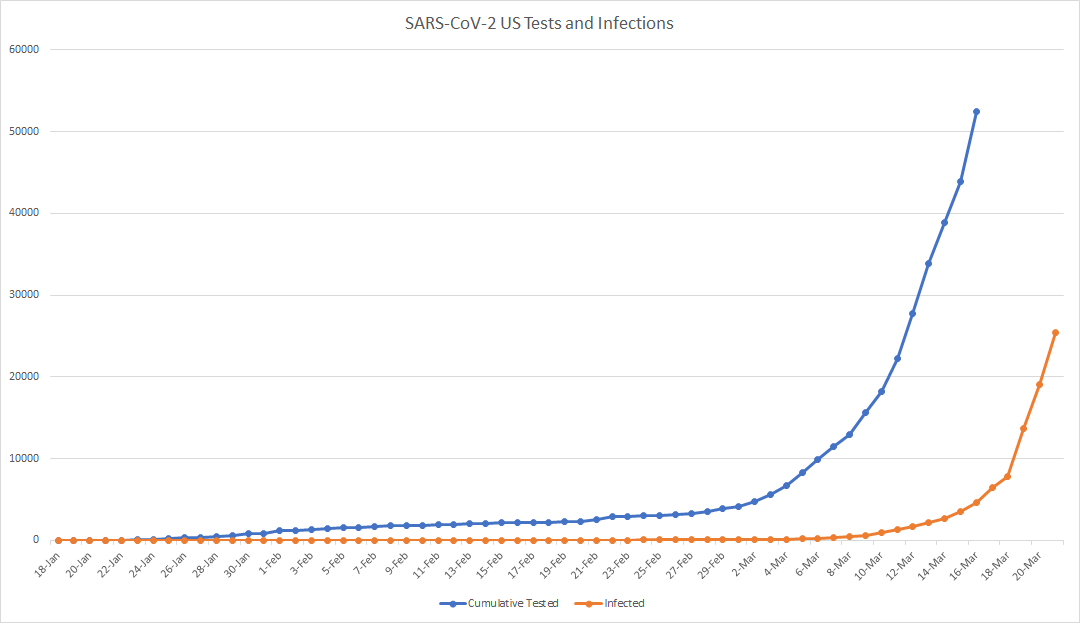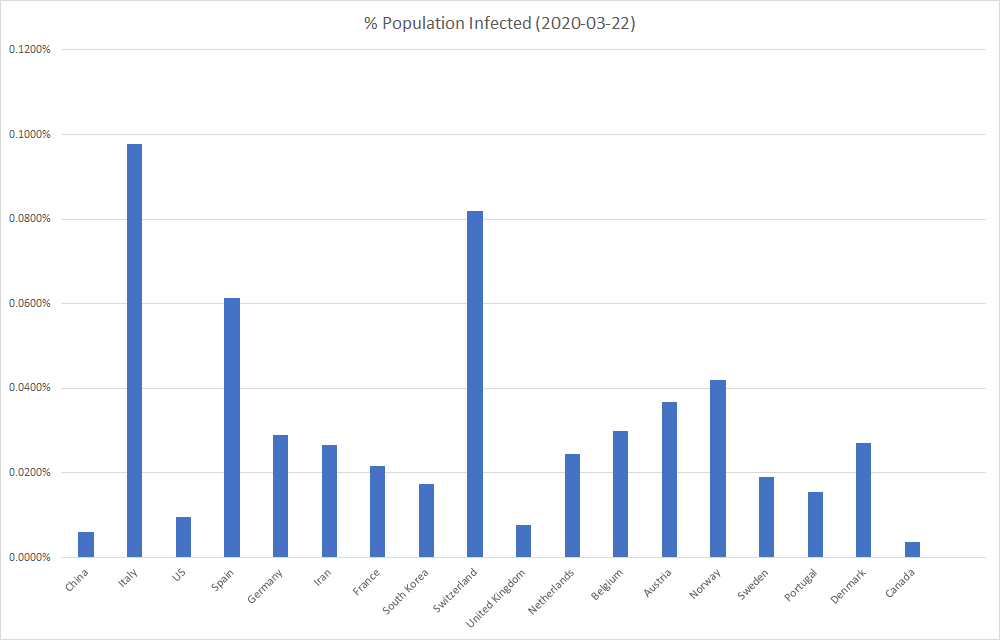Red Lentil Coconut Stew Recipe
Course: DinnerDifficulty: Easy4
servings10
minutes25
minutesIngredients
2 T oil
1/2 tsp sea salt
1/2 large onion, diced
1 Tbsp chili garlic sauce (adjust to taste)
1 1/2 cups red lentils
1 cup carrots, sliced
1 can coconut milk
2 cups vegetable stock
Method
- Heat a 6 qt sauté pan over medium heat and add oil. Sprinkle salt over oil.
- Sauté onion for three minutes, then add 1 teaspoon of chili garlic sauce
- Stir in lentils and stir to coat with oil
- Add carrots. Stir in stock and coconut milk.
- Simmer for 15-20 minutes until lentils are soft. Add salt and chili garlic sauce as desired.
Notes
- Serve over jasmine rice.




